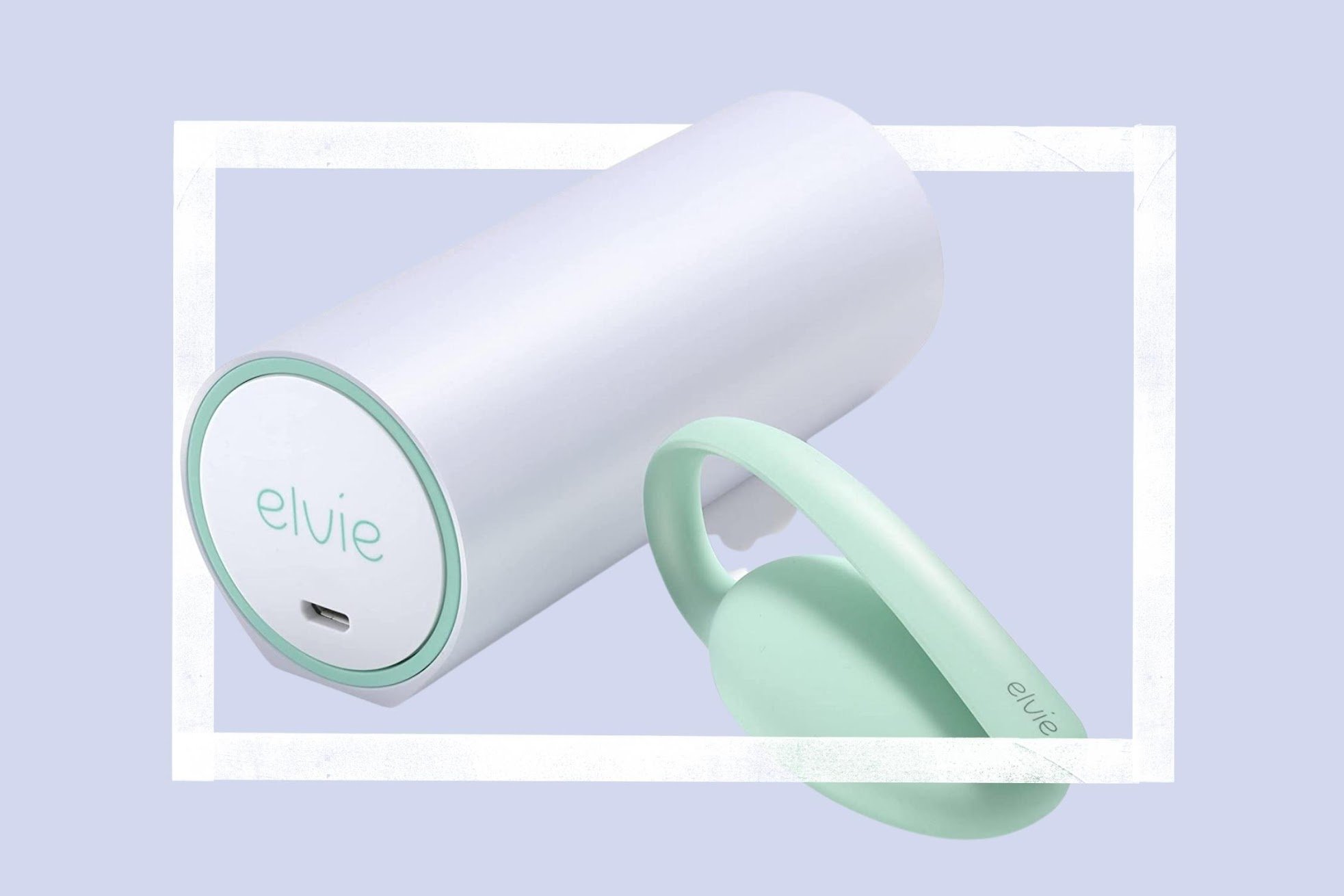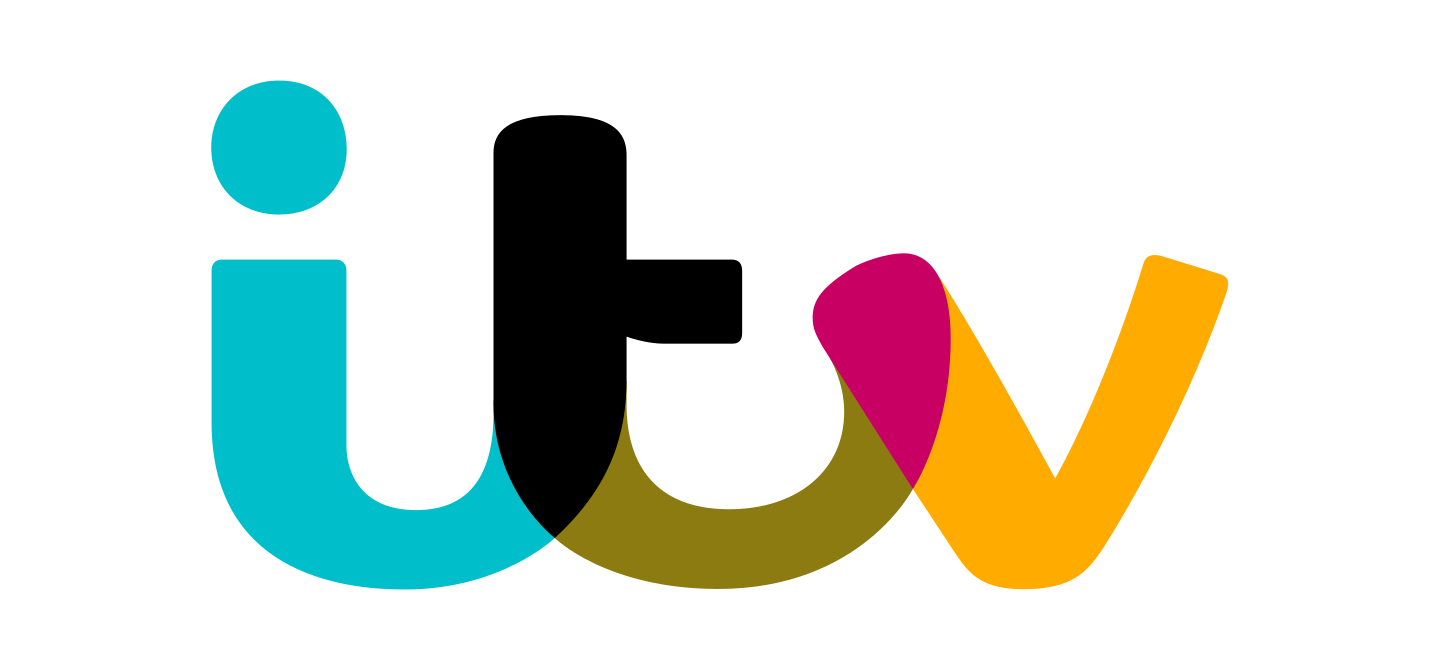
Welcome to week 14 of the Happy Parents Happy Baby guide to pregnancy, birth and beyond.
This week we’ll be covering:
We hope you enjoy it!


What is the pelvic floor?
Your pelvic floor is a group of muscles in your pelvis. They stretch like a hammock from your pubic bone at the front to your tail bone at the back.
Why is it important?
The muscles of the pelvic floor support your bladder, bowel and uterus. These muscles may be weakened by pregnancy, which can lead to:
How can I strengthen my pelvic floor muscles?
Like all muscles, the pelvic floor needs to be trained to stay strong and flexible, so pelvic floor exercises during and after pregnancy are really beneficial.
How often should I do the exercises?
Every little helps. It is recommended to exercise the muscles 3-5 times a day. This may feel a lot to most busy people so try to exercise as often as you can. It can be easier to remember to do the exercises if you make them part of your daily routine. For instance, some people like to do them at each meal to help them remember.
What is the technique?
There are two types of exercise:
Fast contractions
Slow contractions
It is around this week that your baby will start sprouting hair on their head and body.
They will also be swallowing amniotic fluid and as their kidneys begin to work they will start to wee back into the amniotic fluid!
And yes – they will drink it again. But as unappetising as it sounds this is a really important cycle to prepare the structures of your baby’s body for life in the outside world.



Each week we’ll be delving into the common symptoms of pregnancy and bringing you top tips for managing them from our team of specialists and parent community.
Pelvic pain
It’s estimated that one in five women experience some kind of pelvic pain during their pregnancy. The severity can range from mild twinges to struggling to walk, go up stairs, sleep or even work. For some women it may just be a mild ache but in the most severe cases a woman may need pain relief and to use crutches to walk.
You’re more likely to experience pelvic pain if you already have lower back or pelvic girdle pain or have injured the area previously. It’s also more common in women who have a physically demanding job, are overweight or are expecting twins or triplets.
Why?
Pelvic girdle pain (PGP) is this symptom’s official name and it happens when your pelvis becomes stiff or less stable. You might experience pain over your pubic bone at the front or across one or both sides of your back. It can also be painful around your perineum, the area between your vagina and anus, and sometimes spreads to the thighs. In some cases a woman may feel or hear a clicking or grinding sound in the pelvic area.
Things that might aggravate PGP include rolling over in bed, climbing or going down stairs, getting out of the car and standing on one leg. PGP can start any time in your pregnancy but it’s more common later as your bump becomes bigger and heavier. Some women experience it towards the end when their baby’s head moves down to the pelvis or becomes engaged.
Top tips:
PGP can be quite upsetting and debilitating for some women so it is important to try to get it diagnosed as early as possible. Your GP may be able to refer to a physiotherapist who can recommend some exercises you can do to relieve the pain and strengthen your back and hip muscles, core and pelvic floor.
The physio may also be able to move your joints to make sure they are not restricted.
There is also plenty you can do yourself to avoid making the pain worse. Try to stay active but only within your pain limits – exercising in water can help with the pain. Rest as much as you can and ask for help with older children or other activities.
Avoid wearing high heeled shoes, sit down to get dressed and try sleeping on your side with a pillow between your knees to keep your hips aligned.
The good news with PGP is that it should ease once you have had your baby and should not affect your ability to have a vaginal birth, if that’s part of your birth plan.
Read more about managing second trimester symptoms here
This week we catch up with Becky and Luke from our Clapham antenatal course and they share the positive birth story of baby Dali.
“Because of what we had learnt on the HPHB course we knew that we had some time to think about the decision regarding the induction; it really had been very low down on our birth preferences. The doctor was supportive of this and agreed that we had 3 hours before an induction would be necessary.
“Contractions were continuing to increase and after another examination I was amazingly now 8cm! Half an hour before the induction deadline. An hour or so later I started felt the urge to push and after 15 minutes Dali was born!!!”
Welcome to the world Dali.


This week’s treat will help to remind you and guide you through those very important pelvic floor exercises. The Elvie pelvic floor trainer and app guides you through 5-minute exercises that give your pelvic floor a full workout. It also allows you to track your progress over time, all in one place. As you squeeze your pelvic floor muscles, the device provides feedback to the app about the strength of the contraction.
*Check with your midwife if this is safe for you to use in your pregnancy.
Products are based on suggestions from our specialists and community of parents. We may earn commission from shopping links.
Happy Parents Happy Baby is here to support you through every step of your pregnancy, birth and parenting journey.
Connect with other parents-to-be and learn everything you need to know, by joining our award-winning antenatal classes.



Thank you so much for joining us!
Have a great week.
Team HPHB x
Information you
can trust
Our articles are based on the latest-evidence based guidelines and scientific research and are written by our team of medical experts.
Coming up
next week
Check out our Instagram page for extra resources from our team of experts and for free live events, such as pregnancy relaxation sessions
Follow us @happyparents.happybaby







Free downloadable resources and weekly guides for your pregnancy.
Enter your postcode to find your nearest Happy Parents Happy Baby antenatal classes